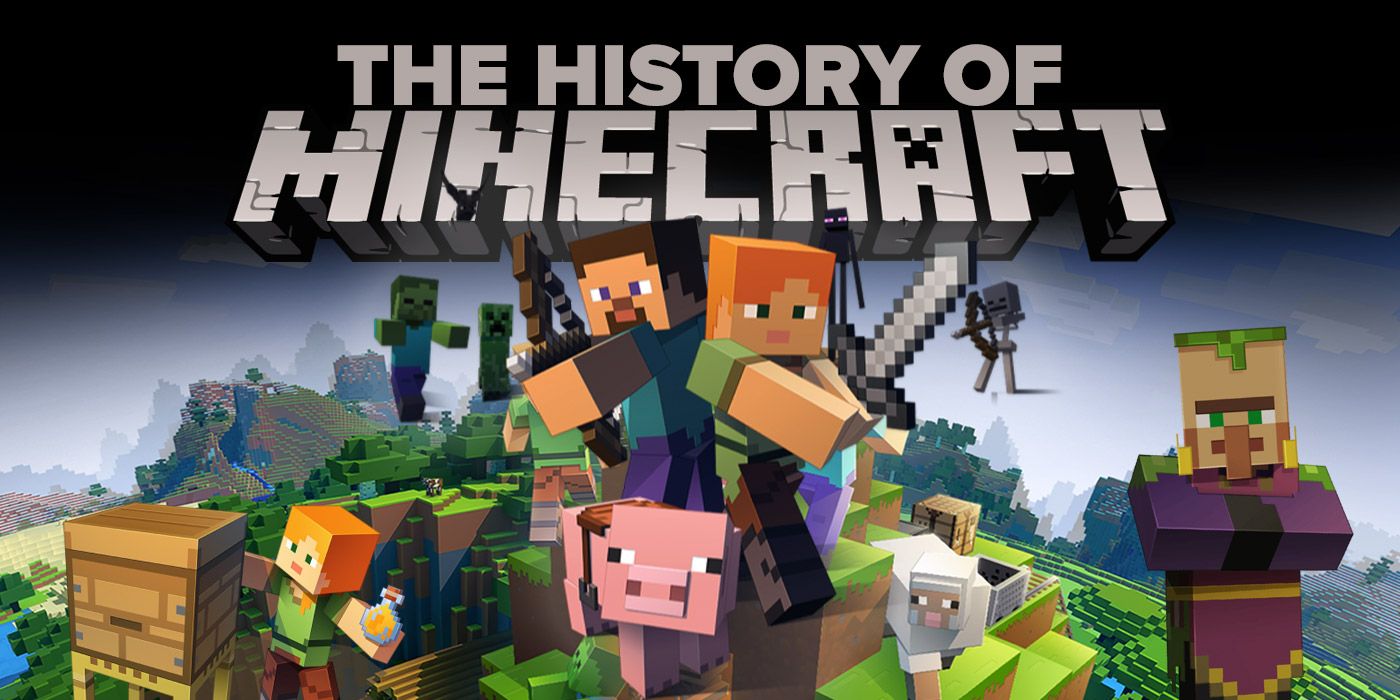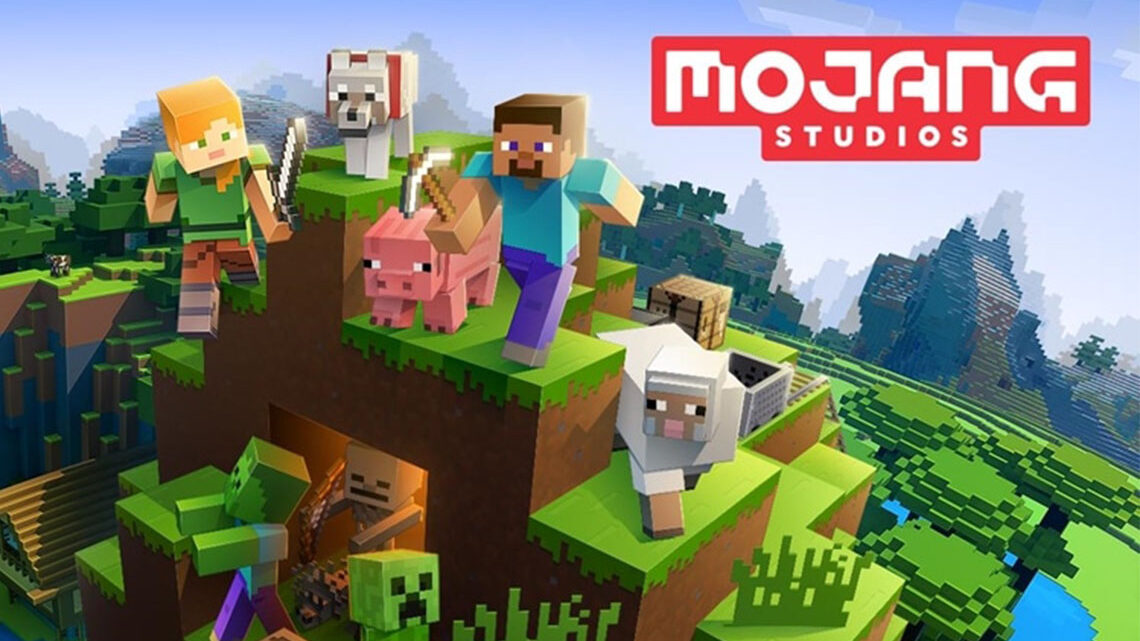The Evolution and Ongoing Success of Minecraft
Discovery and Early Growth
Minecraft first started gaining popularity in the late 2000s after being “discovered” by prominent YouTube gamers who began creating Minecraft video content. This engaged large audiences and helped spread awareness of the game. As the multiplayer aspect of Minecraft became available, more players could enjoy shared experiences in the game through playing together on servers. Game modes like Hunger Games spawned off of the popular 2012 film and brought in even more players looking for new adventures in Minecraft’s sandbox world. During this early growth period, Minecraft appealed to many due to its simple yet creative nature. Players of all ages could spend hours exploring, building, and crafting within the game’s Lego-like digital blocks. The game’s low system requirements also made it accessible to many. With its popularity spreading through video content and word of mouth, Minecraft was poised for even bigger breakthroughs.

The Rise of Mods and Factions
In 2011, the release of tools like the Minecraft Coder Pack and Forge allowed players to start modifying the game through custom mods. Mods took many forms from adding new gameplay features and dimensions to integrating other popular game concepts. Mods like Pixelmon and tech mods helped expand Minecraft even further by bringing in players interested in those styles of gameplay. Around the same time, the multiplayer aspect of Minecraft truly began to shine through organized player factions and communities. Game modes centered around survival and player vs player combat like Hunger Games drew huge audiences. Popular Minecraft server networks emerged offering persistent worlds for factions of players to cooperate and compete within. The growth of mods and engaged online communities marked a seminal period that cemented Minecraft as a global phenomenon.
Emergence of Memes and Shifting Demographics
By 2012, Minecraft’s popularity had spread into mainstream discussion. Unfortunately, this also led to the game being perceived as more of a joke or meme by some. Many former players migrated to newer releases as they matured, leaving younger players and more toxic behaviors to dominate certain spaces. Despite the perception shift, Minecraft saw rising interest from a new generation of mainly younger players during this period. Videos related to the game on YouTube remained highly engaged and spread new memes. As original players graduated beyond it, Minecraft continued gaining new long term fans among elementary school-aged kids. This helped Minecraft remain a media and cultural touchpoint for many years to come.
Resurgence of Original Players and Purchase by Microsoft
After weathering the meme era, Minecraft saw a resurgence in interest from original players in their late teens and twenties returning to the game around 2015. With the youth who came to dominate servers in previous years now older and less toxic, multiplayer spaces became more welcoming again. In 2014, Microsoft made a $2.5 billion acquisition deal for Mojang, the developers of Minecraft. This massive purchase helped bring even greater stability and resources to ongoing game development. It also expanded Minecraft’s audience further through spin-off editions for consoles, mobile devices, and Windows 10 PCs branded as “Minecraft Bedrock Edition”. The acquisition enabled Minecraft to thrive for years to come across all modern platforms.
Ongoing Success and Constant Updates
Due to the efforts of Mojang and now Microsoft, Minecraft receives steady major content updates that constantly refresh the gameplay loop. The regular addition of meaningful new features, biomes, mobs and functionalities ensures returning players always find new adventures. These new content drops coupled with the game’s timeless creative strengths keep drawing in new generations. Today, over a decade after its initial release, Minecraft remains one of the most active and most played games worldwide. Its simple yet flexible sandbox approach together with ubiquitous multiplatform availability have allowed it to achieve an unparalleled level of sustained success. With a dedicated development team still hard at work expanding the game, Minecraft shows no signs of slowing and will likely captivate audiences for many years to come.
The Legacy and Future of Minecraft
Through its various phases of growth, Minecraft has left an indelible mark on gaming and pop culture. It represents the blueprint for a game as a service model that continuously engages an enormous community. The game’s low barrier to entry yet nearly limitless creative potential also makes it appealing across all ages.
Looking ahead, Minecraft will continue drawing in new fans worldwide on an almost viral level thanks to widespread esports broadcasts, streaming, and video content focused on the title. Major upcoming releases like the cave and cliff generation update will fuel further enthusiasm. With active engagement remaining sky high over an unprecedented ten years after launch, Minecraft has solidified its status as one of the most influential and enduring games ever created.
